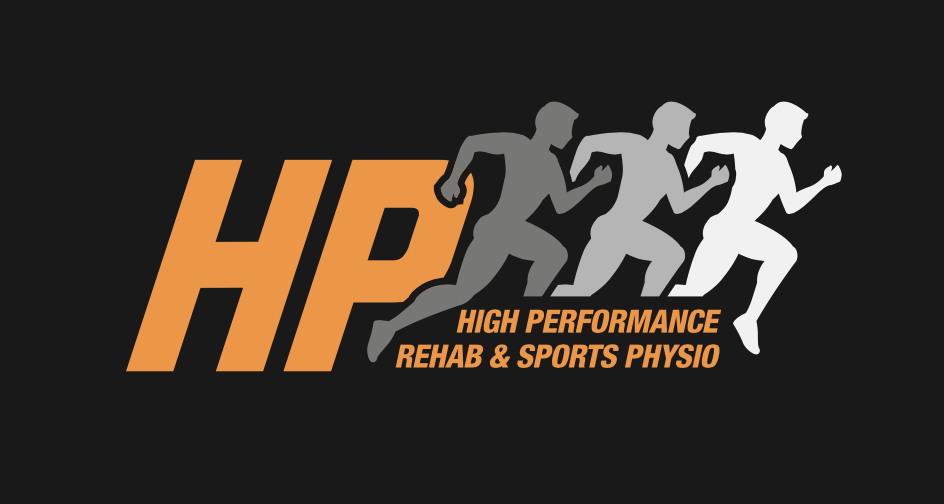ANATOMY & BACKGROUND
Anterior Cruciate Ligament (ACL) injuries are very common in Australian sports and lead to a significant amount of time on the sidelines for the athlete. The majority of people who wish to return to their sport opt for surgical management to replace their ruptured ACL. There is still a high percentage of these injuries that undergo reconstructive surgery that re-rupture with return to sport, up to as high as 30% (Grindum et al, 2016).
The majority of ACL injuries occur as non-contact injuries. Most commonly when an athlete is sidestepping, landing from a jump, decelerating or changing direction (Waters, 2012).
Anterior Cruciate Ligament Anatomy
ACL REHABILITATION
A safe return to sport while reducing the chance or re-injury injury rates requires a comprehensive and structured rehab program designed and implemented by a rehab specialist. It is important to address the initial cause that contributed to the ACL injury in the first place, whether that is strength, cutting mechanics or poor landing or decelerating mechanics these need to be worked on frequently before returning to your chosen sport. Objective lower limb and knee assessments such as Pitch Ready can significantly help guide this decision-making process.
Image Credit: www.pitch-ready.com/
TIME & STRENGTH
Two crucial factors for return to sport following ACL reconstructive surgery are TIME post-op and regaining normal STRENGTH in your lower limb. Good research has showed returning to sport after 9 months post-op can significantly reduce the re-injury rate.
Quadricep strength has also been shown to be a strong predictor for safer return to sport. Both TIME and quadriceps STRENGTH together combine to reduce ACL re-injury by over 80% (Grindem et al, 2016).
Most importantly returning to sport following ACL surgery should be made on a case by case basis following guidance from your sports physiotherapist and ultimately your surgeon.
Lower Limb Strength Rehab
OTHER FACTORS
There are many other factors that need to be covered in your rehabilitation from an ACL operation beyond the time you take to return to sport and your quads strength. Other variables including your jump and land mechanics, cutting technique, lumbopelvic and hamstring strength. These as well as many others need to be taken into account when decisions around returning to COD sports are made. Structured assessment of your movement, strength and power are also extremely important to help guide your safe return to sport.
Written By Chris Bailey
References
Grindum H, Snyder-Mackler L, Moksnes H, Engebresten L & Risberg M. Simple decision rules can reduce reinjury risk by 84% after ACL reconstruction: the Delaware-Oslo ACL cohort study. British Journal of Sports Medicine (2016) 50. 804-808.
McGrath T, Waddington G, Scarvell J, Ball N, Creer R, Woods K, Smith D & Adams R. An ecological study of Anterior Cruciate Ligament Reconstruction, Part 1. The Orthopaedic Journal of Sports Medicine (2016) 4. 1-7.
McGrath T, Waddington G, Scarvell J, Ball N, Creer R, Woods K, Smith D & Adams R. An ecological study of Anterior Cruciate Ligament Reconstruction, Part 2. The Orthopaedic Journal of Sports Medicine (2017) 5. 1-9.
Pitch Ready Webpage. http://www.pitch-ready.com/



